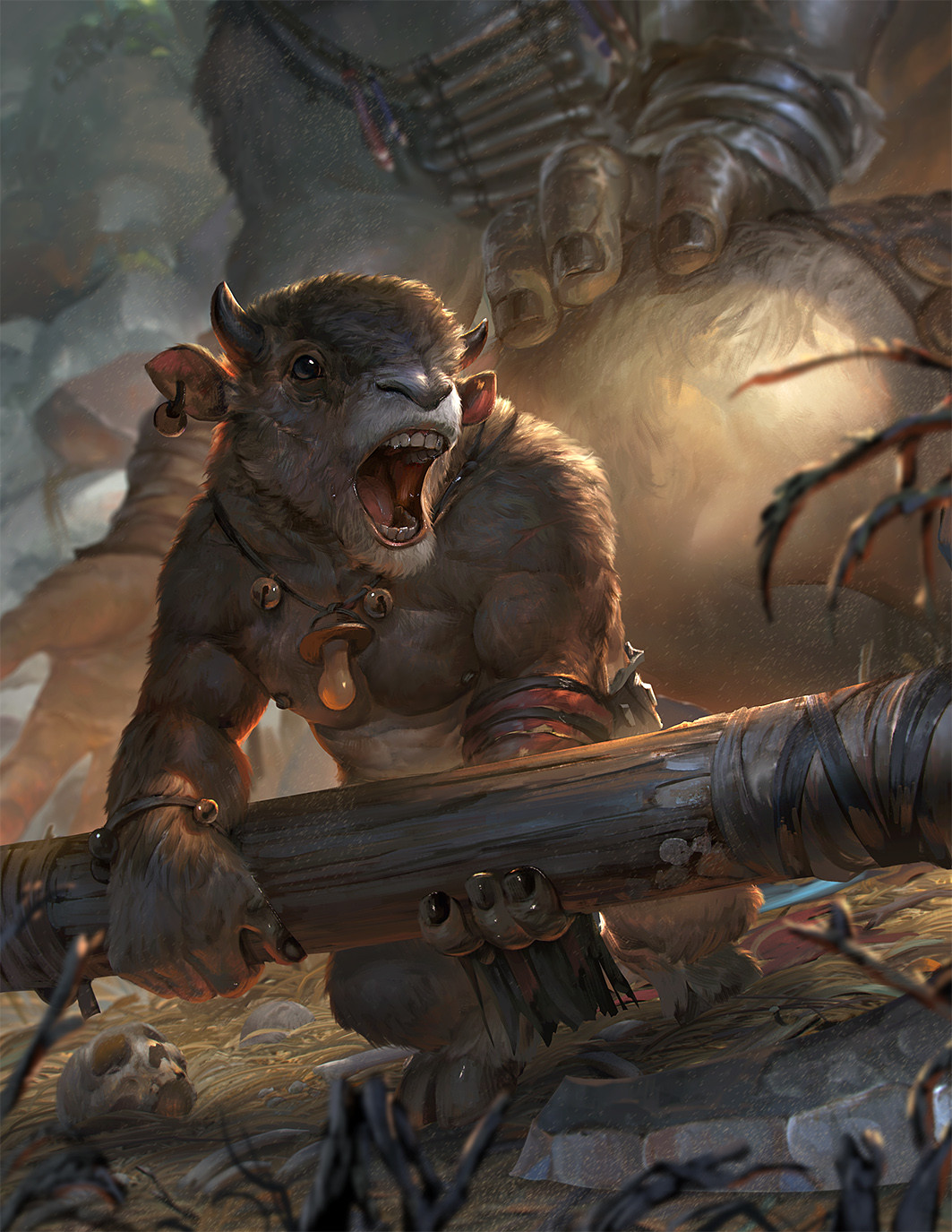
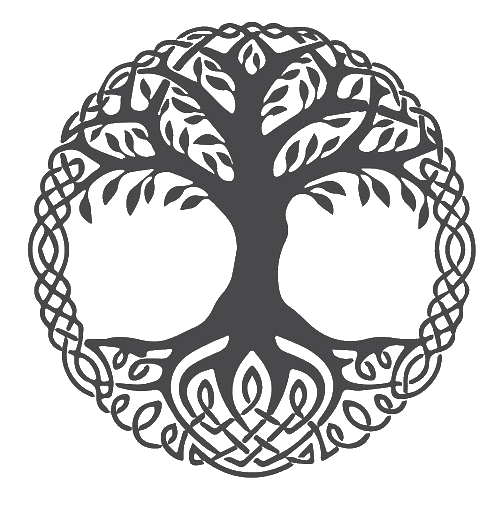
Preface
"Large races have often been the next logical step for race homebrewers, and examples of them can be found in many homebrew communities. Even Wizards of the Coast has struggled with this, and decided against making their minotaur (found in Unearthed Arcana: Waterborne) of Large size. However, this aims to give a common set of rules for anyone to use for their own Large races and several examples of its use."
SwordMeow
Table of Contents
Large Race Mechanics
Large races operate under a set of rules that takes precedence over other rules because of their size. These rules apply to all races of Large size, unless altered in that specific race. Keep in mind basic rules for Large creatures such as; being able to shove and grapple Huge creatures; controlling a 10x10-foot area in combat/on the grid.
General
- Tight Spaces. To fit in a Medium-sized area, a Large creature may have to squeeze into the space (at the DM’s discretion). While doing so, its speed is halved.
- Large Build. When a Strength ability check or saving throw comes up, Large creatures may automatically succeed or gain advantage (at the DM’s discretion) when a smaller creature would need to make the roll - taking into account their size and their push, drag, lift, and carrying capacity. Additionally, a Large creature's size grants them +1 hit points per level.
- Big Hands. When a Large creature is required to make an Ability Check to use a normal-sized item or tool, they have disadvantage on the roll. Additionally, a Large creature’s base unarmed strike damage is 2 + its Strength modifier. If a class feature turns the damage of this creature's unarmed strikes into a die, such as 1d4, the unarmed strike damage becomes 2d4.
- Food and Drink. A Large creature needs 4 pounds of food and 4 gallons of water per day.
- Cover. Cover counts as one size smaller to a Large creature. For example, if a source of cover would give them 3/4 cover as a Medium-sized creature, they gain half cover instead. Additionally, cover granted by a Large creature to what is around them counts as one size larger.
- Overrun. Large creatures have access to the overrun variant action option found in the DMG (DMG pg.271).
Items
When you choose a Large player race for your character, you begin the game with starting equipment made for your size.
Depending on what it is, Large equipment might not require additional time and labor to create, but it certainly requires more material. The cost of Large-sized equipment (weapons, armor, and other gear) is at least 2 times the normal amount.
Armor
- A Large creature only gains a shield’s +2 AC bonus if it is a Large shield. If the shield is Medium sized, the creature gains a +1 bonus to its AC instead.
Weapons
- Large-sized weapons deal twice the amount of damage its Medium-sized versions deal. For instance, a Large Battleaxe deals 2d12 slashing damage instad of 1d12.
- Large-sized melee weapons that lack the reach property have a 5-foot reach as normal.
- Large creatures can engage in Two-Weapon Fighting using Medium-sized non-light weapons. Versatile weapons wielded this way use their two-handed damage. They can also wield Medium-sized heavy weapons in one hand, but cannot use them to engage in Two-Weapon Fighting, unless they have the Dual Wielder Feat.
- Large creatures can wield Huge weapons, with disadvantage on their attack rolls. Huge weapons deal three times the damage of their Medium-sized versions.
- Medium-sized weapons wielded by a Large creature receive a +1 bonus to their damage rolls.
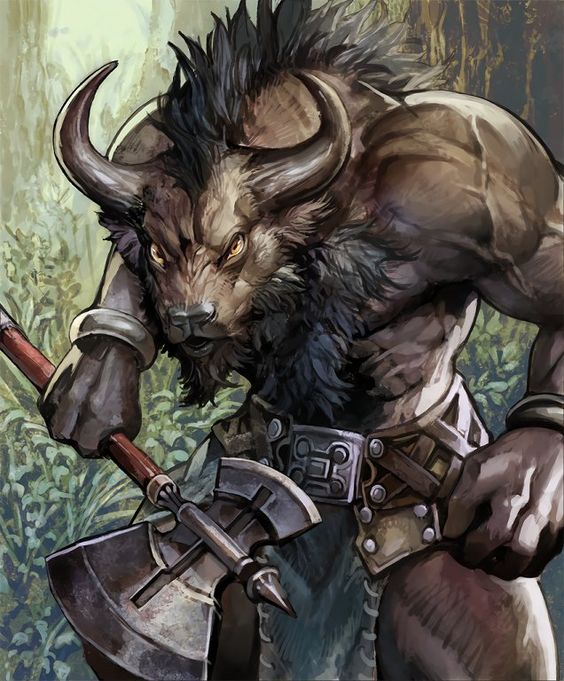
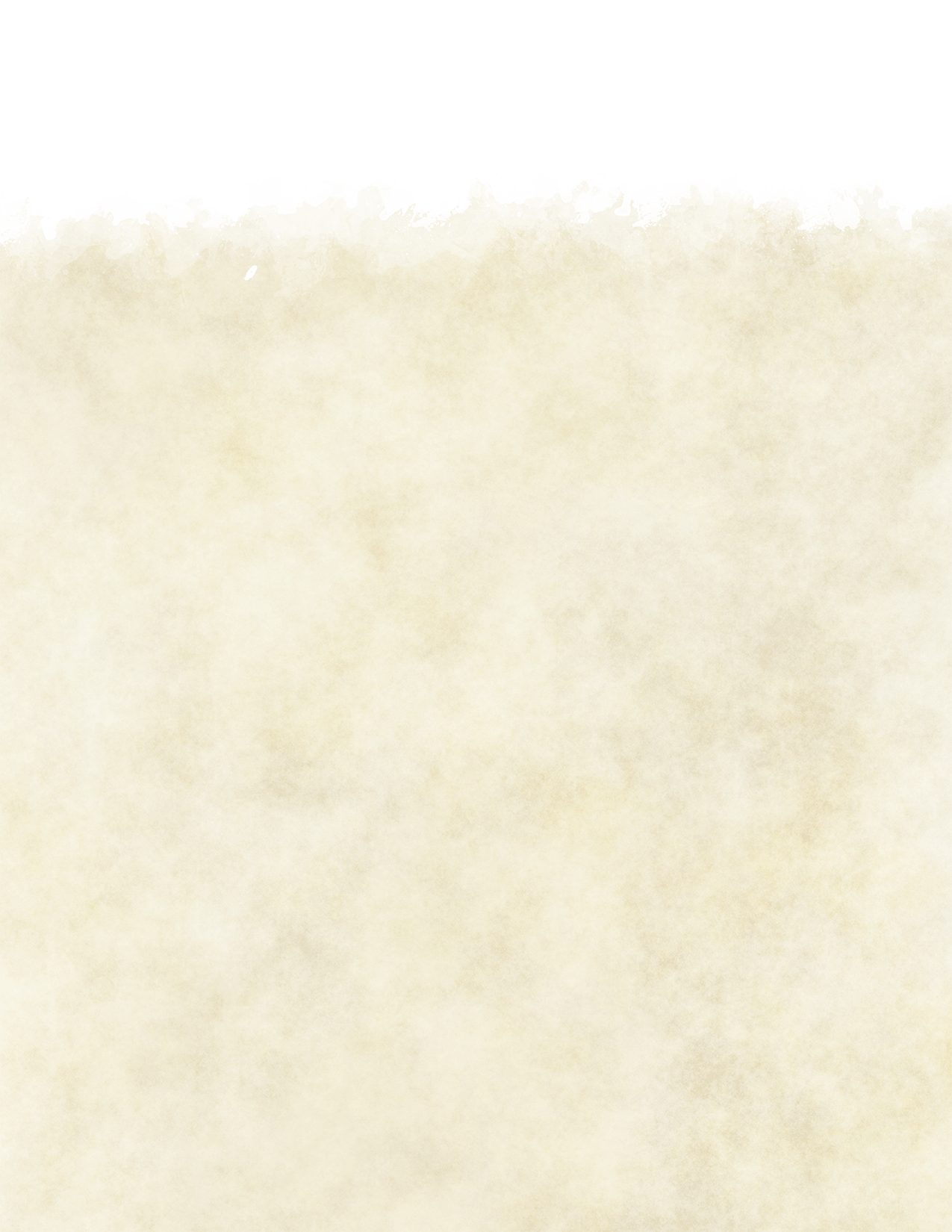


Minotaur
“With a past filled with slavery, forced to bow to smaller but more numerous races and serve as beasts of war, minotaurs have gained a reputation of lacking wit and brute savagery. While some minotaurs did stay on that path, others wished for more, hungry for freedom and a future of prosperity for their kind.”
Minotaur Traits
Ability Score Increase
Your Strength score increases by 2, and your Constitution increases by 1.
Age
Minotaurs, for their monstrous nature, live a fairly long life, and their memories live longer. Minotaurs mature at around the age of 25 and live to be 150 years old on average.
Alignment
Minotaurs are a divided race. Some find comfort in a life of servitude, which leads them towards Lawfulness, while others have no stronger wish than to free themselves, physically and mentally, leading them towards a Chaotic alignment.
Size
Minotaurs stand anywhere from 11 to 14 feet tall, and weigh anywhere from 1300 to 1600 pounds. Your size is Large.
Speed
Your base walking speed is 35 feet. Minotaurs are strong, and capable of ferocious charges.
Horns
Your large skull and protruding horns count as natural weapons which deal bludgeoning or piercing damage (your choice) equal to 2d10 + your Strength modifier.
Hammering Horns
When you use the Attack action during your turn to make a melee attack, you can attempt to shove a creature with your horns as a bonus action. You cannot use this shove attempt to knock a creature prone.
Natural Armor
Your tough hide protects you from harm. When not wearing armor, you have an AC of 14.
Beast of War
You gain proficiency with the Intimidation skill, and you can use your Strength score when making Intimidation checks.
Hybrid Nature
You have two creature types: humanoid and monstrosity. You can be affected by an effect if it would affect either of these creature types.
Languages
You can speak, read, and write Common and another language of your choice. Minotaurs usually end up learning the native language of their previous owners, regardless of whether they have personally been enslaved or not.
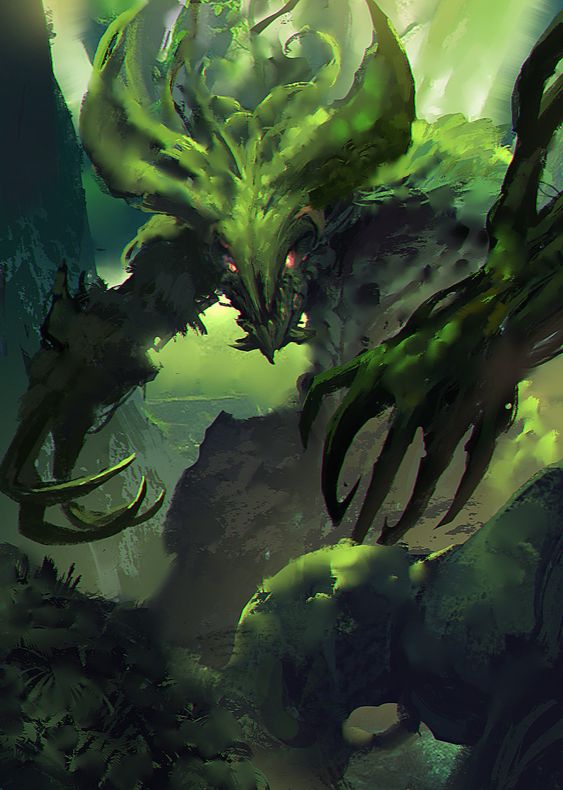


Young Treant
"Treants, or Ents, are awakened trees that live in the forests of the world. Some trees are born to be treants and awaken over their lifespan, slowly coming to sentience, but others are chosen through magic. Trees can take decades to awaken, patiently growing and awaiting the arrival of the mind."
Original Guardians
The treants were the first to walk and protect nature from its enemies. Forests grew them in an act of self preservation. It is likely that treants will also be the last guardians of nature, so rooted they are in their legend status and will. It is often said that treants were the first to teach druids how to connect to nature, understand its will, and command its ancient form of magic.
Treant's Individuality
There's something about the big, gentle presence of a treant that is both calming and energetically invigorating at the same time. Treants canr epresent the innocence of nature, even though treants have no standard age limit and can live for millenia, always growing, watching, and helping. Treants are all a little different. You can select or roll for a quirk from the table below.
| d4 | Quirk |
|---|---|
| 1 | Photovore. You view any kind of eating other than photosynthesis as strange, and maybe abhorrent. |
| 2 | Rain Lover. You absolutely adore the rain - it fills you with joy. Who doesn't love a water bath while walking? |
| 3 | Pet Keeper. You constantly have birds, squirrels, and other animals nesting or chirping on you. |
| 4 | Pyrophobic. Fire is a deathly worrisome danger, and thoughts of it fill your anxious mind. |
Young Treant Traits
Ability Score Increase
Your choice of Constitution or Wisdom increases by 2. The other option increases by 1.
Age
Age to treants if a trifle thing. Time passes with the seasons, and treants can age decades and grow only a few inches. As a young treant, you might be anywhere from newly awoken to half a millenium old.
Alignment
Treant are almost always some alignment of good, whether they be carefree and impulsive, or work consistently with ranger conclaves and druid circles to protect their world. Neutral treants are somewhat irregular, but older or more isolated treants sometimes begin to see more balance than good. Evil treants are nearly never seen, but if they ever are, they are a truly terrifying force: hunting and actively harming others who dare to trespass into their part of the woods, or even turning on their own kind.
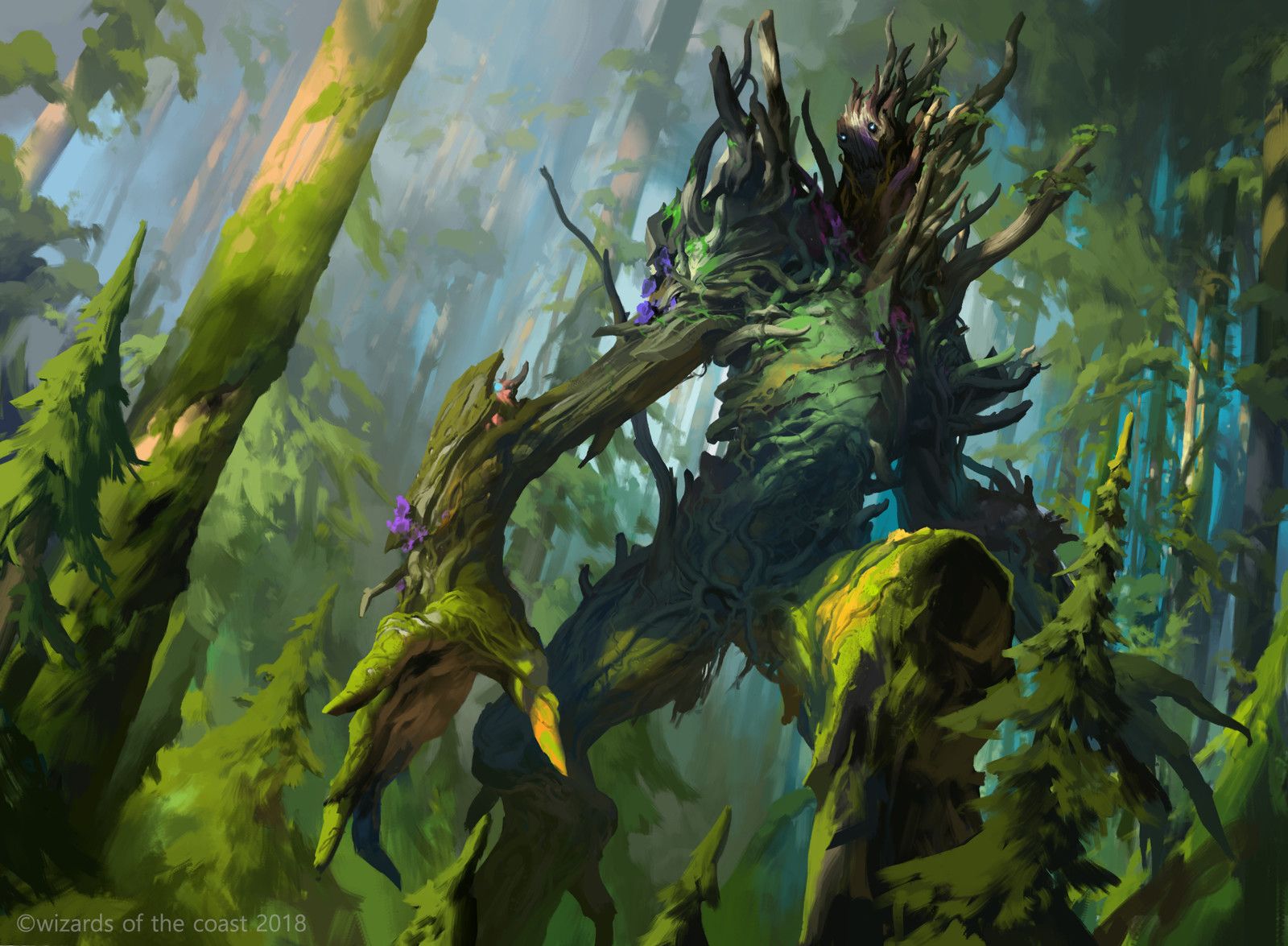



Size
Treants can range from a fresh 9 feet to just over 15 feet in height. Some trees are stout and round, while others are tall and thin. You weigh anywhere from 1350 to 2250 pounds. Your size is Large.
Speed
Treants are big, slow, and heavy. Your base walking speed is 25 feet.
Photosynthesis
Instead of sleeping, you can choose to bathe in sunlight for 4 hours during the day. While sunbathing, you see fleeting half memories of when you were still a normal tree.
After resting this way, you gain the same benefits that a regular humanoid would from 8 hours of sleep, and you are considered fully nourished for the next 12 hours (half day). You can still sleep normally while not in sunlight.
For every week that you go without photosynthesizing or spending an equivalent amount of time in bright sunlight, you suffer one level of exhaustion.
Wooden Make
Your body is made of wood instead of flesh and bone, and therefore has different properties. You gain the following benefits:
- While you remain motionless, you are indistinguishable from a normal tree.
- Your arms and legs are natural weapons that deal bludgeoning damage equal to 2d6 + your Strength modifier.
- You deal double damage to objects and structures.
- You are resistant to non-magical bludgeoning and piercing damage, and you are vulnerable to fire damage.
Taking Root
As a bonus action, you can root yourself into the ground, causing your speed to drop to 0. While rooted, you cannot be knocked prone or otherwise moved against your will by effects that could not move a normal rooted tree. You can uproot yourself as a bonus action.
Natural Connection
While rooted into the ground, you can connect to plants around you as an action. In a place such as a large forest or swamp this can include plants that are miles away from you. While doing so, you can communicate with any plant you are connected to, extend your senses through it, and see its most recent memories.
Additionally, as a guardian of nature, you know and sense every detail about it. You gain proficiency with the Nature skill, and you double your proficiency bonus when making Nature checks.
Botanical Nature
Your creature type is Plant instead of Humanoid.
Languages
You can speak, read, and write Sylvan, Common, and you can communicate normally with plants.
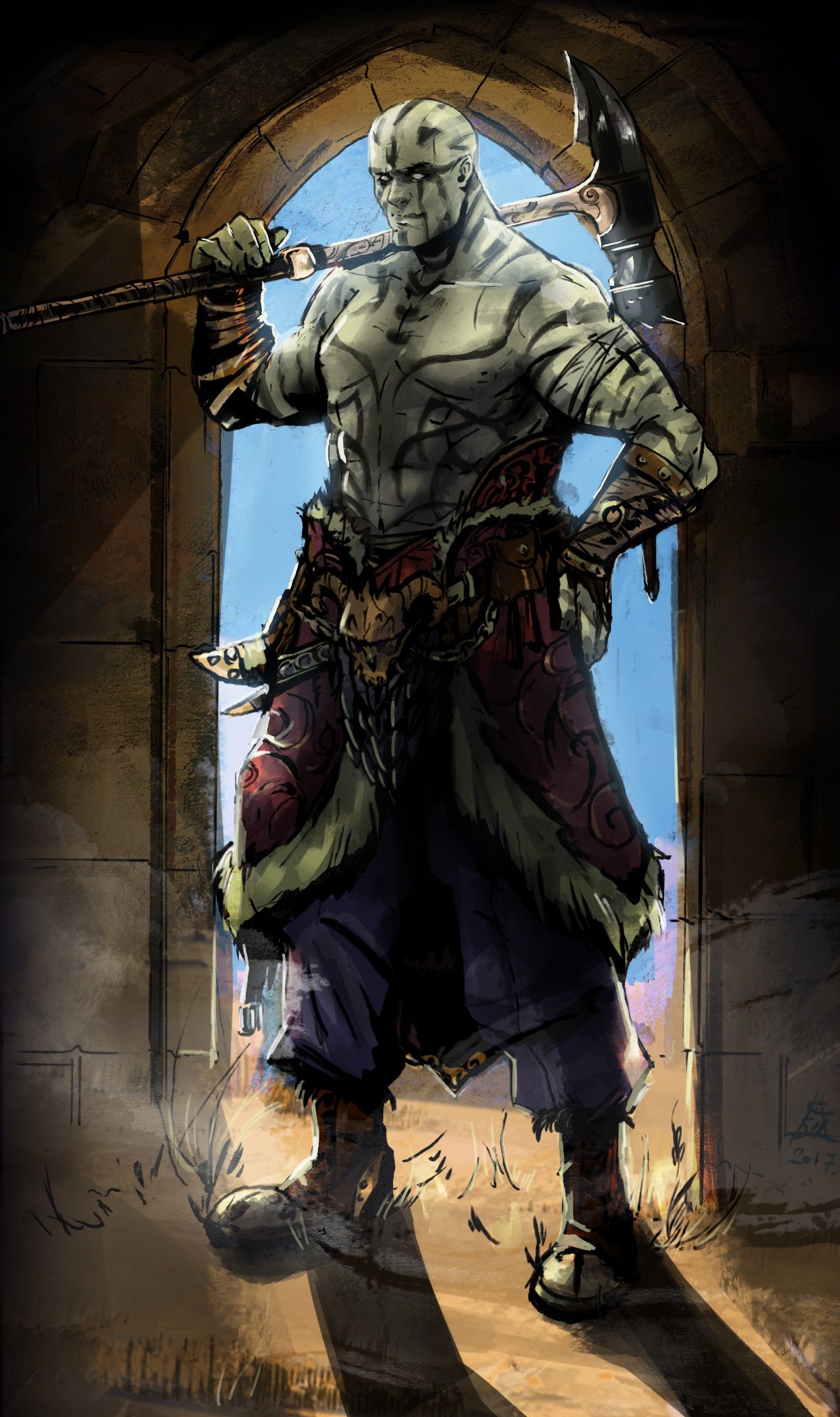


Goliath
“Once, the gods, in the form of men, walked upon the earth and blessed it. They climbed mountains in passing, and waded kraken filled seas in their baths. Once.. These legends circle and grow around mountain fires, on snow-streaked ridges and barren arctic wastelands, fires that warm the chilled skin of a people who are but a shell of their ancestors, the giants, who now weep and shiver in their graves and halls. Little more than a reminder to the rest of the world, these people are all that is left of the great striders of the world.”
Goliath Traits
Ability Score Increase
Your Strength score increases by 2, and your Constitution score increases by 1.
Age
The age of any goliath is an unpredictable variable. Due to the harsh climate and general danger, goliaths over 100 are rare, but it is conceivable a sustained goliath could live for a handful of centuries. They enter real adulthood in their late twenties, but are often considered mature mentally by their early twenties.
Alignment
The goliath society with its defined duty and roles has a pure lawful bend, over anything else. Neutral is the most common, but good, neutral, or evil, the law is more important to any goliath than their altruism or lack thereof.
Size
Goliaths are between 10 and 13 feet tall and weigh between 1000 and 1400 pounds. Your size is Large.
Speed
Your base walking speed is 35 feet. The legs and stature of the giants of old hold true in their walk.
Mountain Mover
A giant’s blood courses through you, and its power manifests in your colossal strength. You count as half a size larger when determining your carrying capacity and the weight you can push, drag, lift, or carry, in addition to grappling and shoving. This means that your push, drag, lift, and carrying capacity are 90 times your Strength score and carrying capacity is 45 times your Strength score. It also means that you can attempt to grapple and shove Gargantuan creatures, with disadvantage on rolls related to such actions.
Languages
You can speak, read, and write Common and Giant.
Giant Ancestry
You have two creature types - humanoid and giant. You are affected by spells or effects that affect either of these types. Choose one of the following giant ancestries.
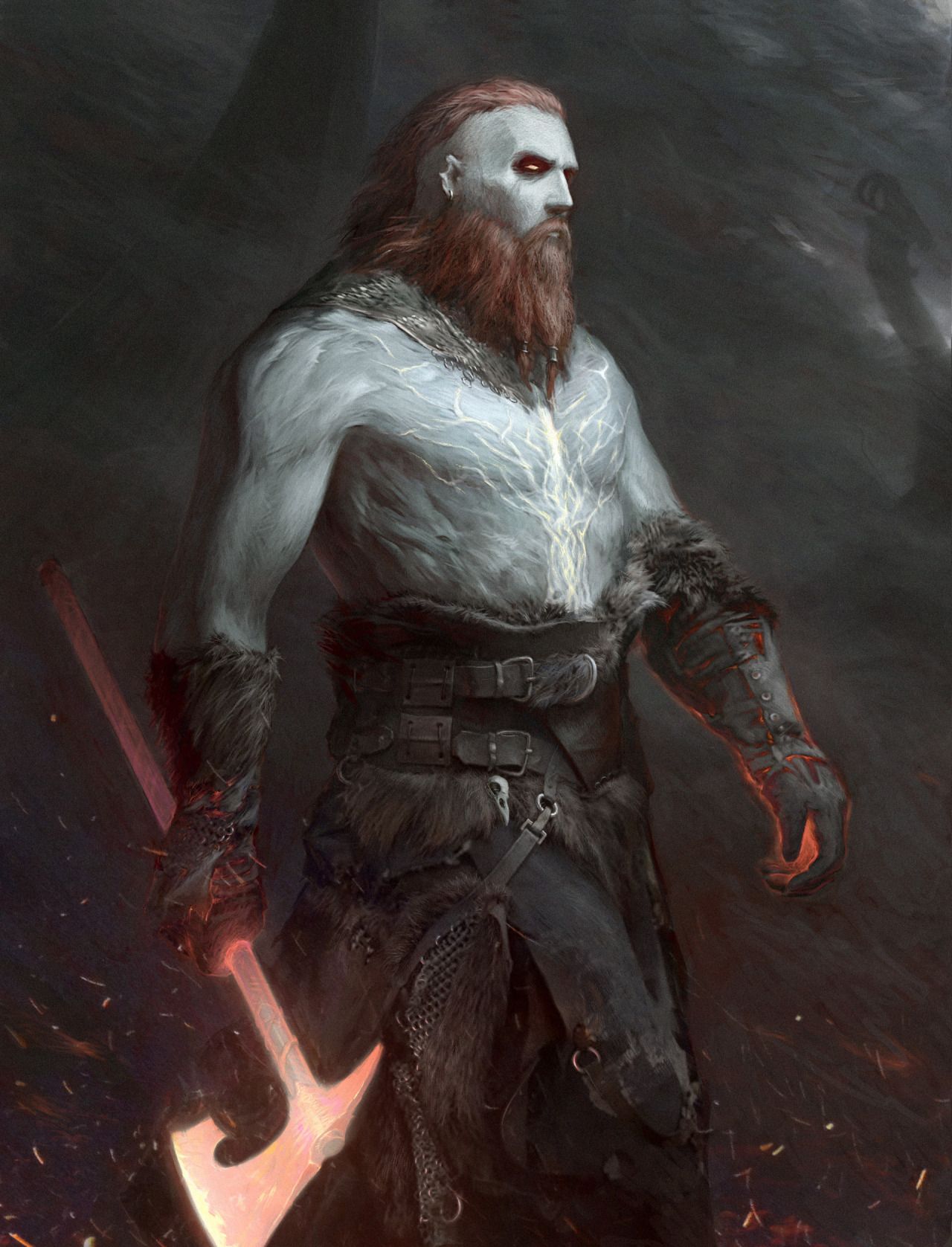



Stone Giant
Stone giants were reclusive, quiet, and peaceful as long as they were left alone. Their granite-gray skin, gaunt features, and black, sunken eyes endow them with a stern countenance. They were private creatures, hiding their lives and art away from the world.
Mountain Born
You’re acclimated to high altitude, including elevations above 20,000 feet.
Mason’s Heritage
Among stone giants, artistry ranked as the greatest virtue. They created intricate murals, painted sprawling murals across cavern walls, and indulged in a wide variety of other artistic disciplines, with stone carving being considered the greatest. You gain proficiency with Mason’s Tools.
Stone’s Endurance
You can focus yourself to occasionally shrug off injury. When you take damage, you can use your reaction to roll a d12. Add your Constitution modifier to the number rolled, and reduce the damage by that total. After you use this trait, you can’t use it again until you finish a short or long rest.
Fire Giant
Master crafters and organized warriors, fire giants dwelled among volcanoes, lava flows, and rocky mountains. They were ruthless militaristic brutes whose mastery of metalwork was nothing short of legendary.
Children of Fire
You’re acclimated to high temperatures. You suffer no adverse effects from extreme heat, as described on chapter 5 of the Dungeon Master’s Guide.
Masters of Metallurgy
Fire giants have a fearsome reputation as having been soldiers and conquerors, and for their ability to burn, plunder, and destroy. Yet, among the giants, fire giants produced the greatest crafters and artists. They excelled at smelting and smith work, as they did at the engineering of metal and stone, and the quality of their artistry showed even in their implements of destruction and their weapons of war. You gain proficiency with Smith’s Tools.
Legacy of War
You learn one maneuver of your choice from among those available to the Battle Master archetype of the Fighter class, and can use it once with this trait. For the purposes of using this maneuver, your superiority die is a d6 (this die does not add to any superiority dice you have from other sources). If the maneuver requires your target to make a saving throw to resist its effects, the saving throw equals 8 + your proficiency bonus + your Strength or Charisma modifier (your choice). You regain the ability to use this maneuver with this trait when you finish a short or long rest.
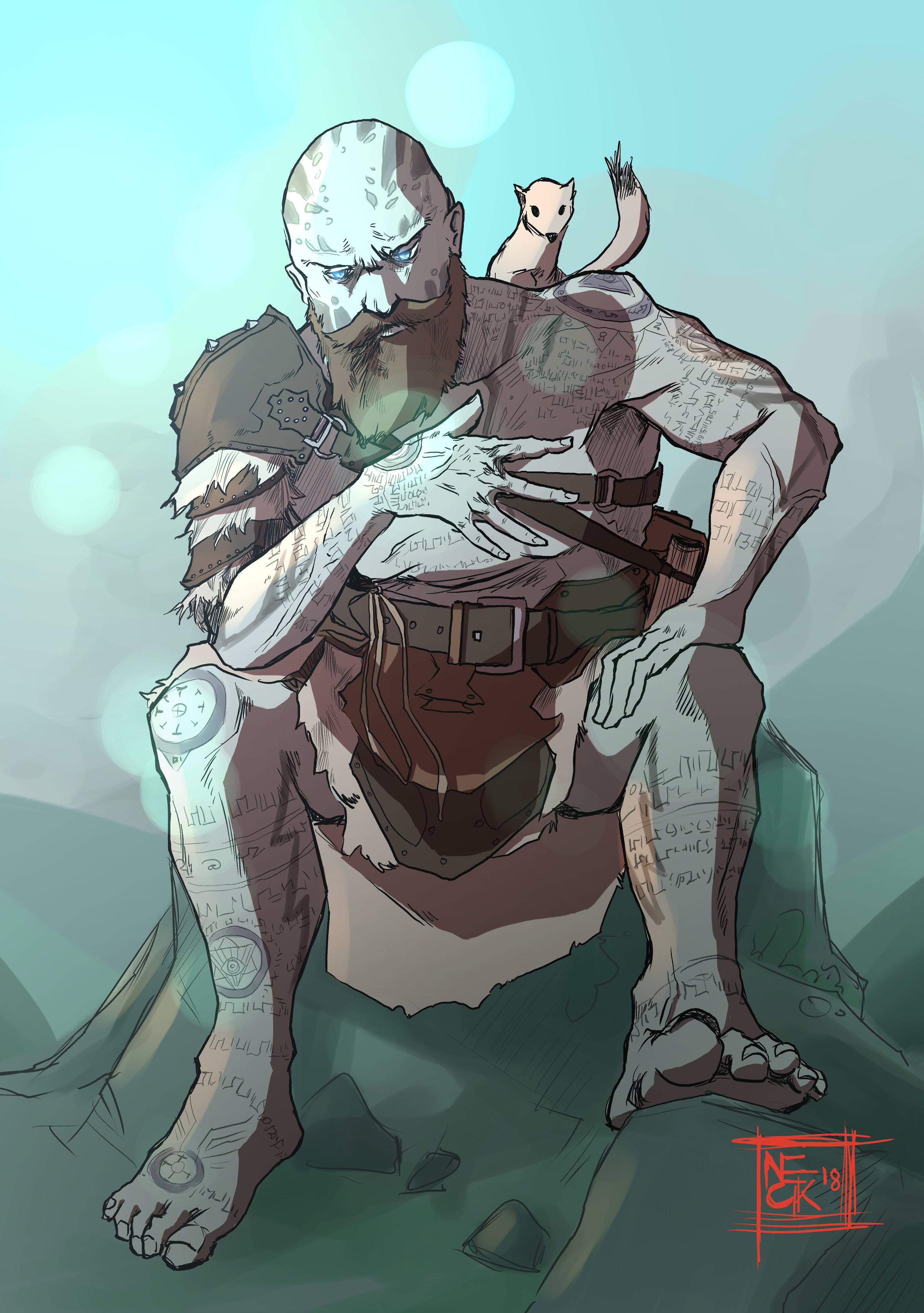


Hill Giant
Hill giants were selfish, dimwitted brutes who hunted, foraged, and raided in constant search of food. They blundered through hills and forests devouring what they could, bullying smaller creatures into feeding them. Their laziness and dullness would much sooner have spelled their end if not for their formidable size and strength.
Superior Slumber
When you finish a short rest, you can choose to take a nap. If you do, you can expend hit dice as normal to heal, but the amount you heal for is doubled. Additionally, whenever you finish a long rest, you regain all expended hit dice, rather than half.
Giant’s Rampage
As a bonus action, you can go on a rampage, which lasts for 1 minute. While on a rampage, when you roll damage for a melee weapon attack using Strength, your Strength modifier is doubled. In addition, at the start of each of your turns while on a rampage, roll a d10. On a roll of 1 on the d10, you use all your movement to move within reach of a creature towards which you are hostile, and then use your action to make a melee weapon attack against it. If there are no creatures that you can reach within 30 feet, you instead take the Dash action and use all your movement to move towards the closest creature towards which you are hostile. Once you use this trait, you cannot do so again until you finish a long rest.
Frost Giant
Gigantic reavers from the freezing lands beyond civilization, frost giants were fierce, hardy warriors that survived on the spoils of their raids and pillaging. They respected only brute strength and skill in battle, having demonstrated this both with their scars and the grisly trophies they took from their enemies.
People of the Tundra
You’re acclimated to low temperatures. You suffer no adverse effects from extreme cold, as described on chapter 5 of the Dungeon Master’s Guide.
Tanner
You have proficiency with artisan's tools (leatherworker's tools).
Glacial Fortitude
When you fail a Constitution saving throw, you can reroll the save and must use the new roll. Once you use this trait, you cannot use it again until you finish a short or long rest.
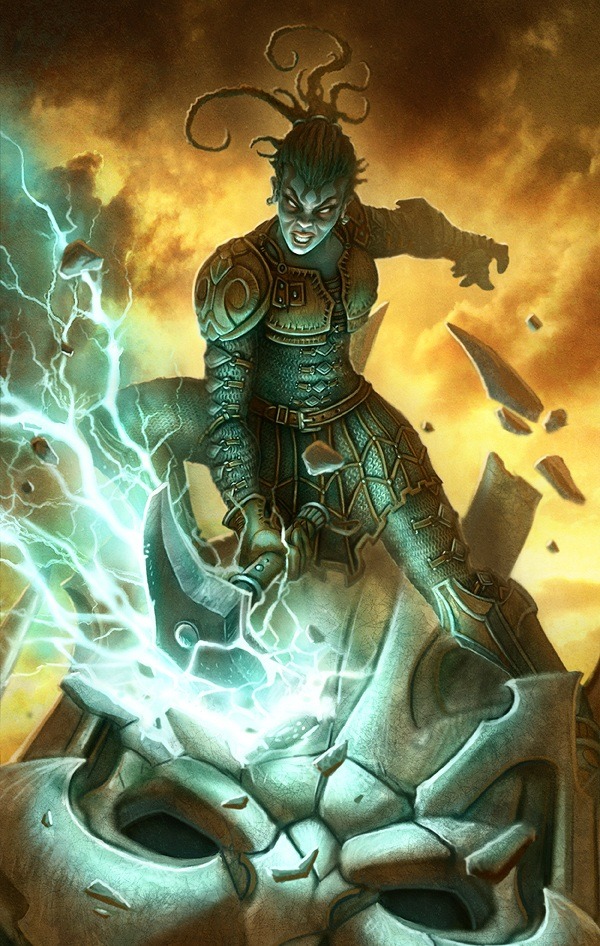



Cloud Giant
Cloud giants lived extravagant lives high above the world, showing little concern for the plights of other races except as amusement.
Although cloud giants are lower in the ordning than storm giants, the reclusive storm giants rarely engage with the rest of giantkind. As a result, many cloud giants see themselves as having the highest status and power among the giant races.
Peak Dwellers
You're acclimated to high altitude, including elevations above 20,000 feet. You're also naturally adapted to strong wind, as described in chapter 5 of the Dungeon Master's Guide.
Gentle Descent
At the end of a fall, you only take 1d6 bludgeoning damage for every 20 feet you fall, rather than every 10 feet. In addition, you do not land prone, even if you take damage from the fall.
Atmospheric Arcana
You know the light cantrip. When you reach 3rd level, you can cast the fog cloud spell as a 1st-level spell once with this trait. When you reach 5th level, you can cast the misty step spell once with this trait. You regain the ability to cast these spells with this trait when you finish a long rest. Wisdom is your spellcasting ability for these spells.
Storm Giant
Storm giants were contemplative seers that lived in places far removed from mortal civilization. Most had pale purple-gray skin and hair, and glittering emerald eyes. Some rare storm giants were violet-skinned, with deep violet or blue-black hair and silvery gray or purple eyes. They were benevolent and wise unless angered, in response to which the fury of a storm giant could affect the fate of thousands.
Mountain Born
You're acclimated to high altitude, including elevations above 20,000 feet.
Storm Strike
You can use your action to conjure a bolt of pure lightning in your hand and hurl it at a point you can see within 120 feet. Each creature within 5 feet of that point must make a Dexterity saving throw. The DC for this saving throw equals 8 + your proficiency bonus + your Intelligence modifier. A creature takes 2d6 lightning damage on a failed save, or half as much on a successful one. The damage increases to 3d6 at 5th level, 4d6 at 11th level, and 5d6 at 17th level.
Once you have used this trait, you cannot use it again until you finish a short or long rest.
Tempestuous Resilience
When you take lightning or thunder damage, you can use your reaction to cast the absorb elements spell at 1st level with this trait. Once you have done this, you cannot do it again until you finish a short or long rest. Charisma is your spellcasting ability for this spell.
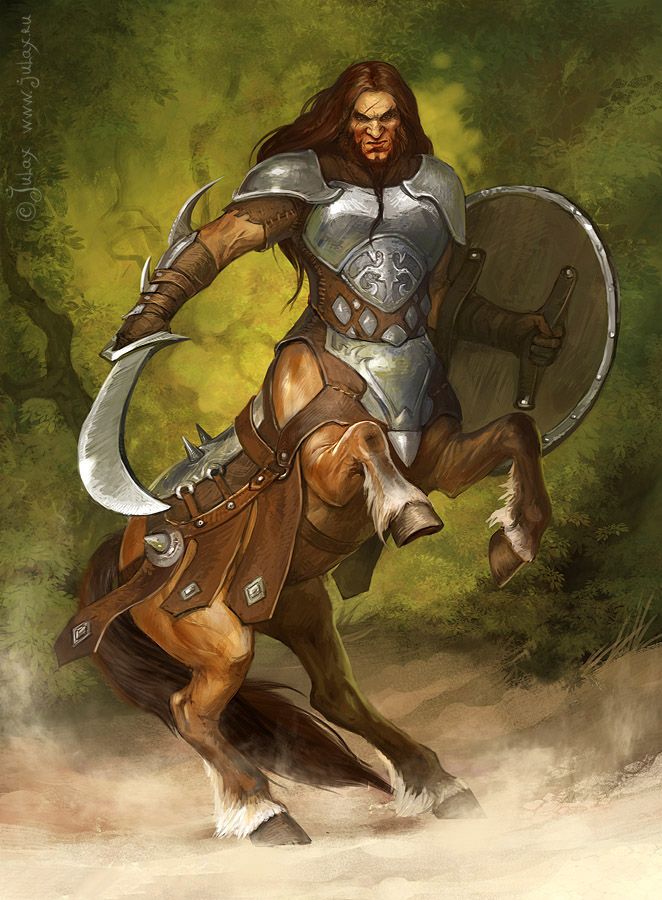


Centaur (not finished)
Some centaurs are wild and revel in drunkenness and fun, while others are noble and watchful. Centaurs reside over grasslands, light woodlands, and deserts in the world within their herds. They area nomadic people, and brave. They don't take to war easily, but when battle comes, they are a stalwart friend and a worthy adversary.
Centaurs have humanoid upper bodies, and their lower bodies are that of horses. To those who earn their respect, centaurs are invaluable partners, even allowing their allies to ride them if it is for everyone's benefit. They excel in various roles, including; cavalry; messengers; outriders; and scouts.
Centaur Traits
Ability Score Increase
Your choice of Intelligence or Wisdom increases by 2, and the other increases by 1.
Age
Centaurs have a lifespan similar to that of humans, maturing around their early twenties, and living well into their eighties.
Alignment
Centaurs have a pagan and wild nature within them, but also a tribal collective sense. In addition to their noble hearts, this usually steers them towards neutral alignments.
Size
Not only do you have the body of a large horse, but your body's humanoid part is larger to match. Your size is Large, and you weigh anywhere from 1600 to 2100 pounds.
Speed
Your base walking speed is 50 feet.
Hooves
Your hooves are natural weapons that deal bludgeoning damage equal to 2d10 + your Strength modifier.
Equine Build
Any climb that requires hands and feet is especially difficult for you because of your hooves. You have disadvantage on ability checks to make such a climb.
Additionally, a creature that is at least 1 size smaller than you can ride on your equine back if you allow it. In such a situation, you continue to act independently, not as a controlled mount.
Battle Champions
You gain proficiency with two martial weapons of your choice. Common choices include pikes, greataxes, lances, and glaives.
Hybrid NAture
You have two creature types: humanoid and monstrosity. You can be affected by an effect if it would affect either of these creature types.
Languages
You can speak, read, and write Common and Sylvan.
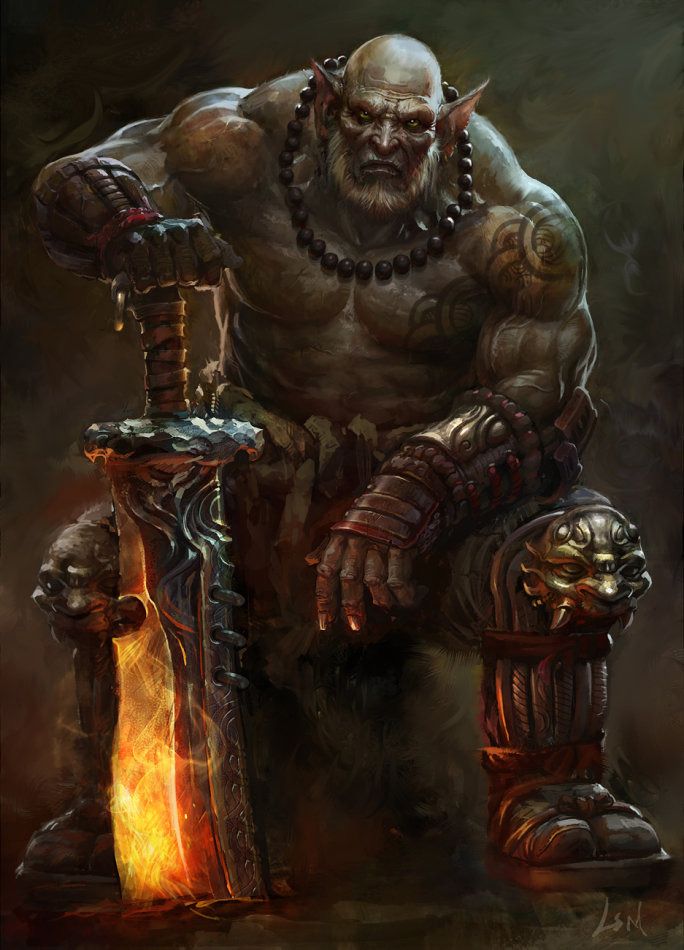



half-ogre
If tieflings are the criminals of the streets, half-ogres are the brutes of the wild. Really, they aren't dumber than the average human, and they can usually outsmart an orc.
Whether their non-ogre parentage comes from an orc, hobgoblin, human, bugbear, troll, or something else, half-ogres are almost always shunned from elven forests, rejected from human settlements, and chased from dwarven mines. For this reason, kindness is a luxury to half-ogres, and thye remember those that bestow it - usually others like them. Urban minotaurs almost always offer a hand, as they understand a half-ogre's suffering. Half-ogres make great friends to half-orcs as well.
Many of a half-ogre's traits depend on their non-ogre parentage.
Half-Ogre Traits
Ability Score Increase
Your Constitution score increases by 2.
Age
Half-ogres generally mature around their mid-twenties, and live up to 80 years of age on average, with females usually living a few years longer than males.
Alignment
Because of the world's influence on them, most half-ogres tend towards a chaotic alignment. It is not uncommon for the offspring of an ogre to have a heart of gold, defying their parent.
Size
The way most races' genetics combine with an ogre's genetics makes it so half-ogres tend to be just as muscular as their ogre parents, but slimmer and taller. This results in half-ogres varying in height, from just over 9 feet to nearly 11 feet tall, with some exceptional cases reaching 12 feet in height. The average half-ogre weight is around 750lbs for males, and around 500lbs for females. Your size is Large.
Speed
Half-ogres are fairly big, and don't move exceptionally fast, except when chasing; some are remarkably suited to playing tag. Your base walking speed is 30 feet.
Darkvision
Accustomed to life in forests and the darkness of night, you have superior vision in dark and dim conditions. You can see in dim light within 60 feet of you as if it were bright light, and in darkness as if it were dim light. You can't discern color in darkness, only shades of grey.
Languages
You can speak, read, and write Common and one other language depending on your non-ogre parentage.
Non-Ogre Parentage
There are five main kinds of half-ogres, which are based on their non-ogre parentage. Choose one of the following.
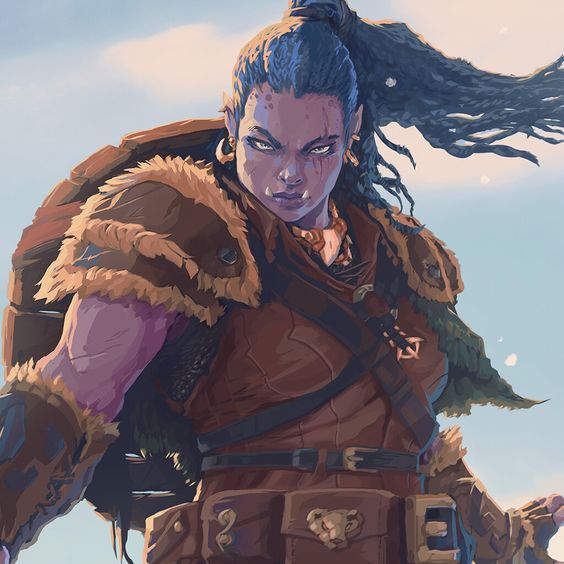


Non-Ogre Parentage
Human
The half-ogres of this branch of kinship have no standard name, and simply go by half-human. It cetainly gives a better impression than saying you are half-ogre. These fit in the best with other civilized races, but that still isn't much. In comparison to the other ogre spawn, the half-humans look a lot like humans; they're just a lot bigger, and maybe a tag uglier, depending on who you ask.
Ability Score Increase
One ability score of your choice increases by 1.
Human Determination
You inherited a powerful drive from your human parent- a fire that compels you to try your hardest at whatever you are doing.
When you make an attack roll, an ability check, or a saving throw, you can give yourself advantage. Once you use this ability, you cannot use it again until you finish a short or long rest.
Human Variety
Humans vary greatly in physique and wit. Choose one of the following traits.
Sharp Mind
Choose one Intelligence, Wisdom, or Charisma skill you have proficiency in. You double your proficiency bonus when making ability checks using that skill.
Versatility
You gain proficiency with one skill of your choice, and one of the following:
- One language of your choice.
- Light armor.
- Proficiency with one toolset or weapon of your choice.
Relentless Endurance
When you are reduced to 0 hit points but not killed outright, you cand rop to 1 hit point instead. You cannot use this ability again until you have finished a long rest.
Orc
A half-ogre with orc blood is a powerful addition to any orc tribe, and they often threaten to attain leadership of it.
Ability Score Increase
Your Strength score increases by 1.
Aggressive
As a bonus action, you can move up to your speed toward an enemy of your choice that you can see or hear. You must end this movement closer to the enemy than you started.
Menacing
You gain proficiency with the Intimidation skill.